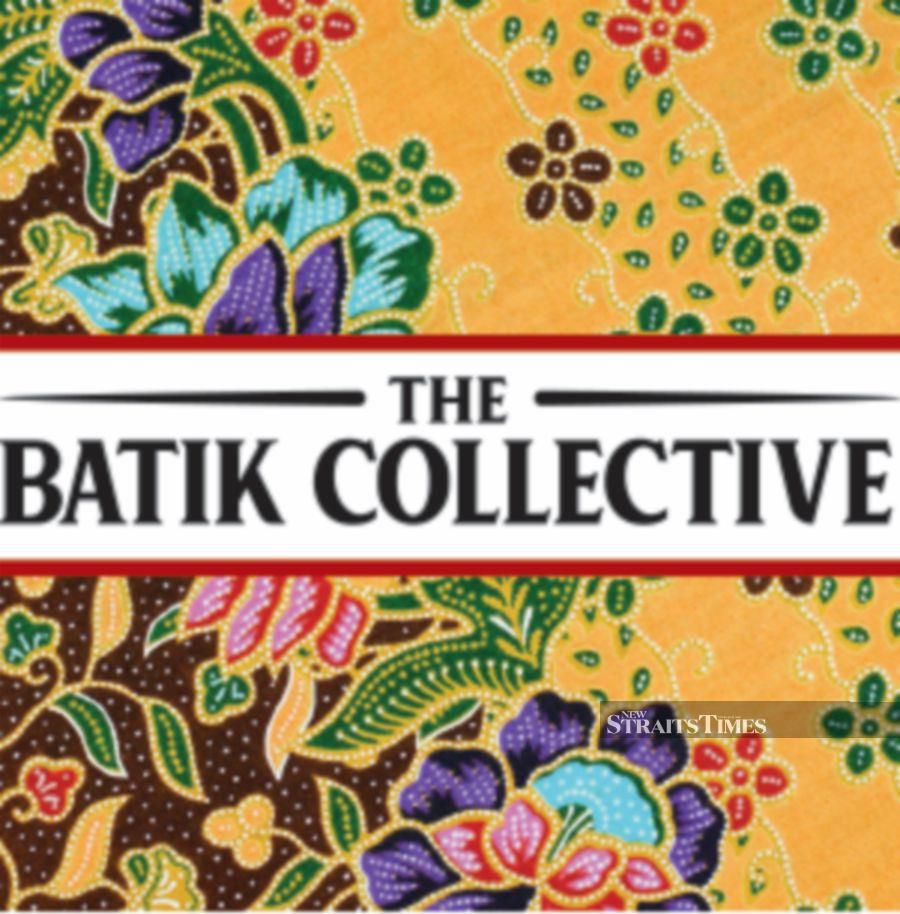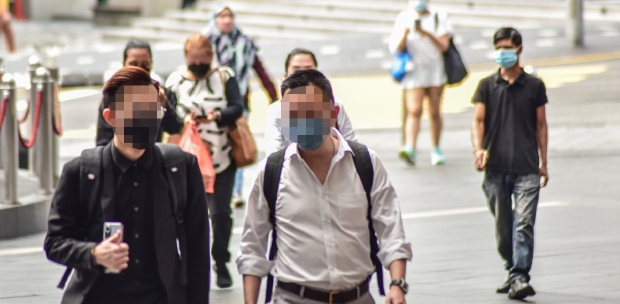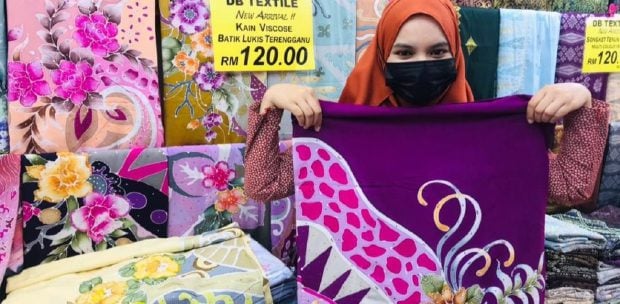KUALA TERENGGANU: State civil service employees can now wear batik with local motifs daily to encourage the growth of the cottage industry and preserve cultural heritage.
The move is expected to promote Terengganu-made batik as a choice product among visitors and increase economic returns among participants in the value chain.
Presently, state civil service employees wear batik only on Thursdays.
State Tourism, Culture and Information Technology Committee chairman Ariffin Deraman said the move would expand the industry, especially since batik would be one of Terengganu’s products to be featured in Visit Malaysia Year 2020.
“The government will promote batik among pre-schoolers, primary and secondary school students, and among workers in the public and private sectors,” he said, removing the notion that batik was a sunset industry.

“We will give priority to batik and help the industry hold conventions and carnivals, as well as strategise to help the players and the public appreciate batik.
“Many in the value chain will benefit from the promotions,” he added after presenting prizes to winners of the 2019 Arfa Batik Trophy.
Ariffin congratulated Noor Arfa Complex Craft (NACC) for obtaining the Malaysia Tourism Quality Assurance accreditation from the Tourism, Arts and Culture Ministry, which made NACC a tourism product in the east coast.
Ariffin said the state government would also promote songket, brassware and wood carvings.
“We want industry players to establish connections with government agencies, including the possibility of forming institutions for training and marketing, because the avenues to promote batik are limitless.”






